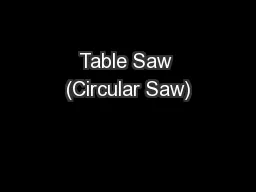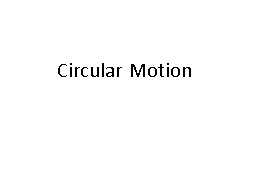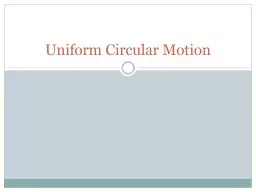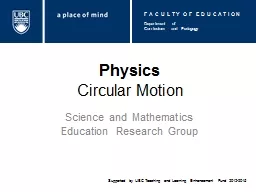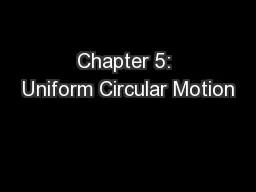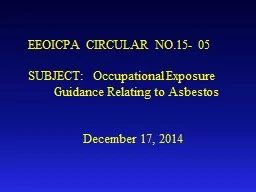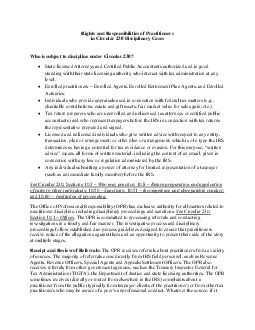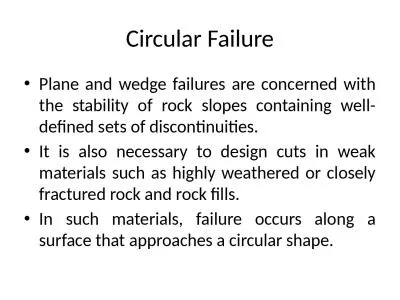PPT-Table Saw (Circular Saw)
Author : cheryl-pisano | Published Date : 2017-04-30
Thanks to Tom Bockman for bulk of this slide show Circular Saws There was a time when two man saws did most of the cutting The circular saw blade was invented
Presentation Embed Code
Download Presentation
Download Presentation The PPT/PDF document "Table Saw (Circular Saw)" is the property of its rightful owner. Permission is granted to download and print the materials on this website for personal, non-commercial use only, and to display it on your personal computer provided you do not modify the materials and that you retain all copyright notices contained in the materials. By downloading content from our website, you accept the terms of this agreement.
Table Saw (Circular Saw): Transcript
Download Rules Of Document
"Table Saw (Circular Saw)"The content belongs to its owner. You may download and print it for personal use, without modification, and keep all copyright notices. By downloading, you agree to these terms.
Related Documents

